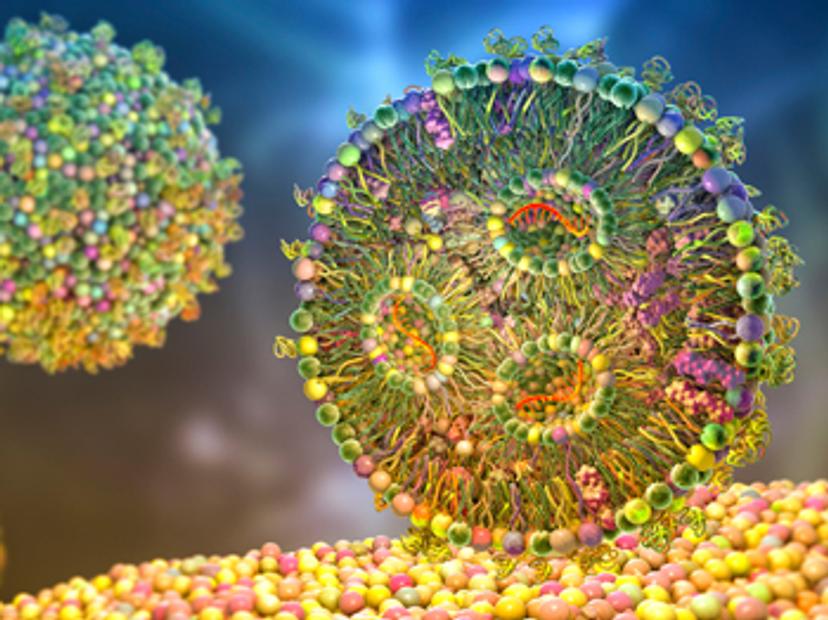Pharmacology innovation: What are the pivotal technologies and research tools helping advance therapeutics?
Celebrating milestones and research innovations that have advanced the field of pharmacology
31 May 2023
Pharmacology, the study of the effects of pharmaceuticals on living systems, has played a crucial role in improving healthcare outcomes and enhancing the quality of life for countless individuals. From precision medicine to artificial intelligence, pharmacology innovation has enabled researchers to explore new ways to develop safer, more effective treatments.
The introduction of AI has significantly impacted pharmacology by enhancing drug screening, the prediction of drug interactions, and personalized treatment strategies. The emergence of the field of pharmacogenomics as a branch of pharmacology continues to provide drug developers with the knowledge to tailor drug selection and dosing to optimize therapeutic efficacy while minimizing adverse effects.
As we reflect on the progress made to advance the field of pharmacology, it is evident that developments in this area will continue to shape the future of medicine. Nanotechnology in particular offers unique opportunities in pharmacology by providing precise control over drug delivery, improved drug stability and solubility, and targeted therapies. Read on to explore some of the ongoing advancements in nanotechnology which are driving progress in pharmacology and are at the forefront of the development of next-generation therapies.
Nanoparticles: Revolutionizing drug delivery for improved therapeutic outcomes
Nanoparticles comprise a broad array of organic and inorganic molecules and can be characterized by their material, such as lipids, metals, or polymers, and by the final form in which they are used, such as vesicles or particles. Nanoparticles have revolutionized drug delivery by offering enhanced drug stability, targeted delivery, controlled release, and the potential for combination therapies. Their unique properties and versatility have the potential to transform the treatment of various diseases, ranging from cancer to neurological disorders.

Characterizing lipid nanoparticles for drug delivery: Latest advancements and expert opinion
Lipid nanoparticle (LNP)-based therapeutics employ a unique liposome technology formed by adding ionizable or cationic lipids to liposomes. This enables the encapsulation of negatively charged oligonucleotides such as RNA or DNA. LNPs have played a crucial role in improving the transport of drugs to target cells and this technology underpinned the success of the COVID-19 vaccine approach.
In this article, a panel of scientific experts discuss the use of lipid nanoparticles in drug delivery and the analytical technologies that are needed to facilitate and further advance the field of lipid nanoparticle therapeutics.

Tips for sustainably optimizing your nanoparticle preparation workflows
Ultrafiltration is an indispensable method used throughout the production process of nanoparticles. This is especially the case for difficult-to-produce nanoparticles like graphene, a commonly used substance in medical applications. The pH of graphene used in nanoparticle formulations is crucial to enable targeted treatment. Therefore, the graphene used must be washed and neutralized after manufacture. This washing process is conventionally achieved through multiple centrifugation steps, taking up to one week to prepare relatively small quantities.
In this article, John Cashman, Global Product Manager for Sartorius Lab Ultrafiltration Solutions discusses how Sartorius teamed up with Abdelnour Alhourani, from the bioengineering group at the Norwegian University of Stavanger, to develop an improved and sustainable alternative to centrifugation for nanoparticle preparation workflows.

The power of microfluidics to enhance particle performance
The key to unlocking the potential of LNPs lies in effective formulation development. Currently, significant efforts are being made to develop new methods for the preparation of mRNA-LNP nanoparticles. Read on to learn how microfluidic devices can provide unique advantages compared to traditional methods of mixing in the preparation of mRNA-LNPs. Discover how these devices can offer improved homogeneity across the population in terms of lipid composition, mRNA payload, and morphology. Plus, discover how careful optimization of lipid formulations, flow rates, and mRNA cargoes enables reliable and reproducible production of highly monodisperse nanoparticles.
The future of pharmacology innovation
With ongoing advancements in genetics, nanotechnology, and AI, pharmacologists are at the forefront of developing next-generation therapies. From gene therapies that target genetic defects to nanomedicine that delivers drugs with unprecedented precision, the possibilities are vast. The convergence of disciplines, such as pharmacology, biology, and informatics, will continue to drive pharmacology innovation and shape the future of healthcare.
